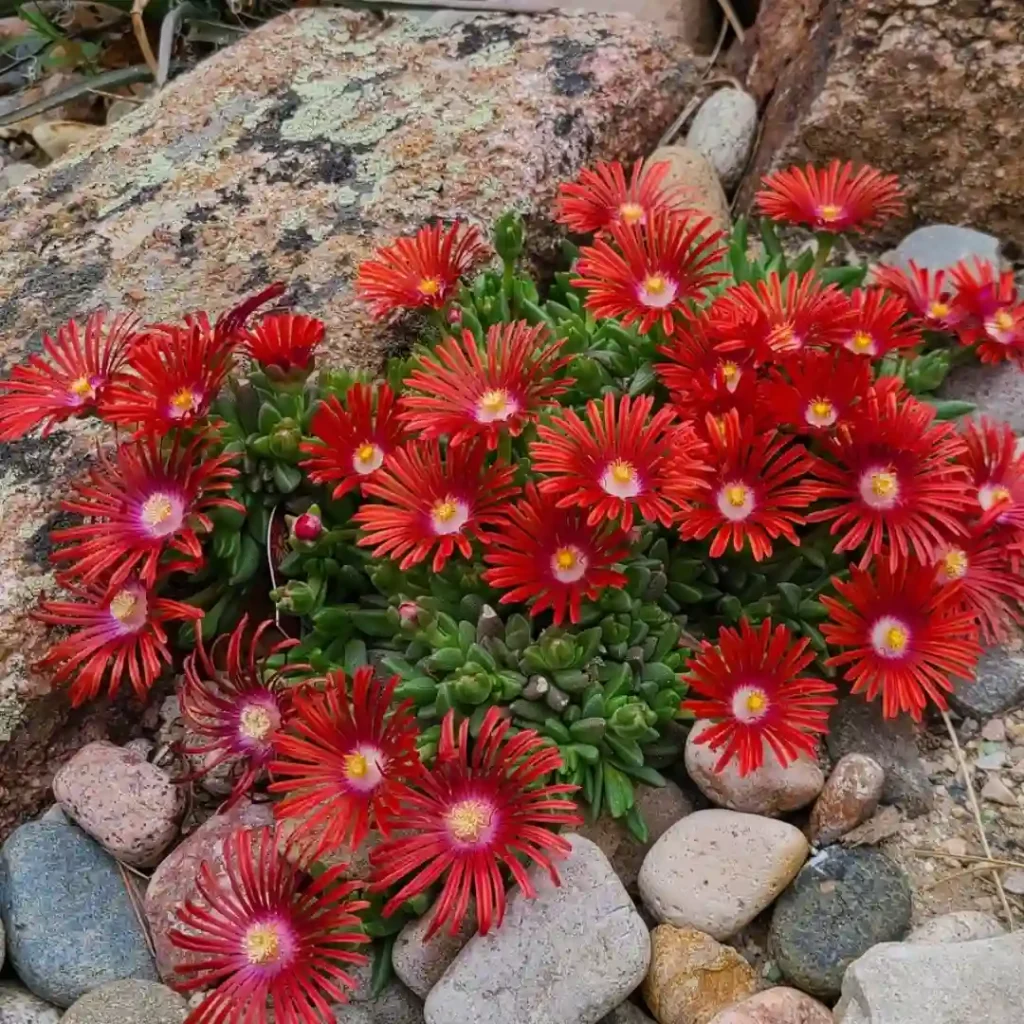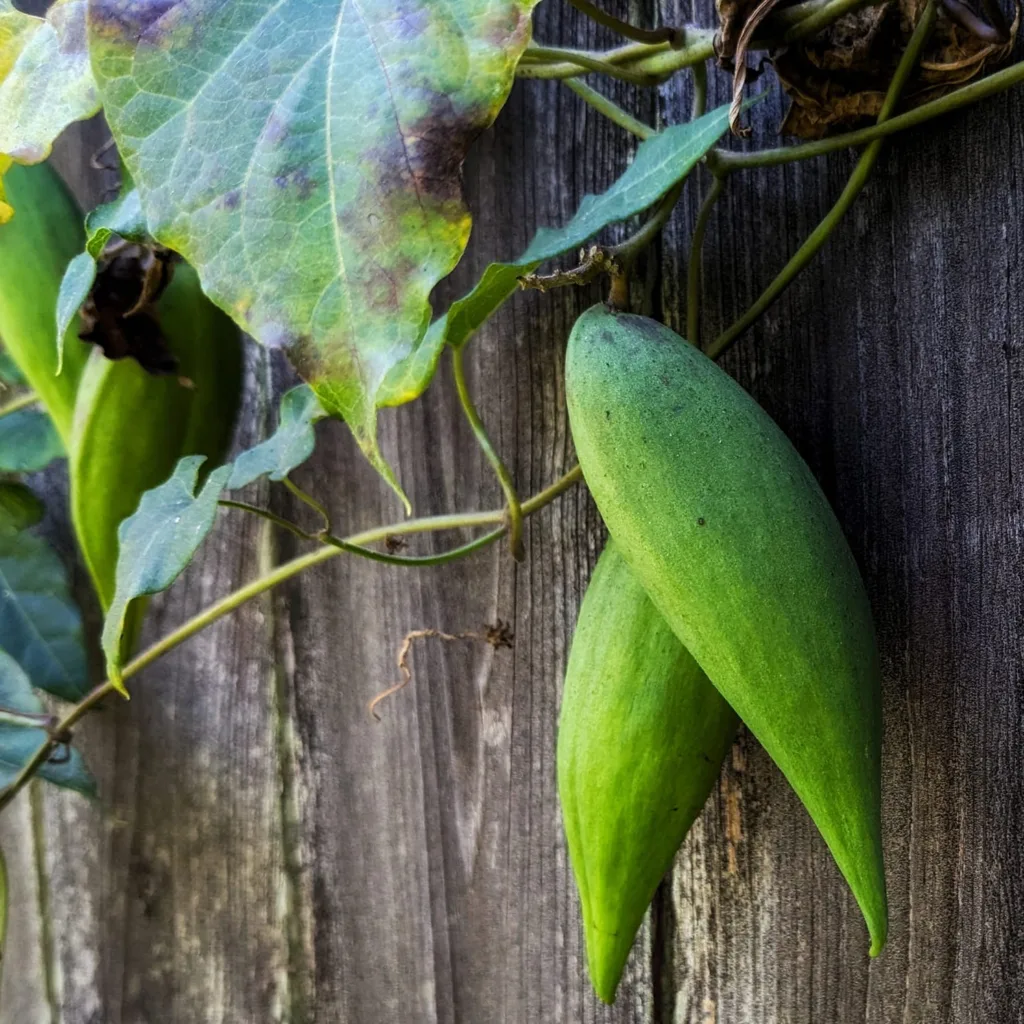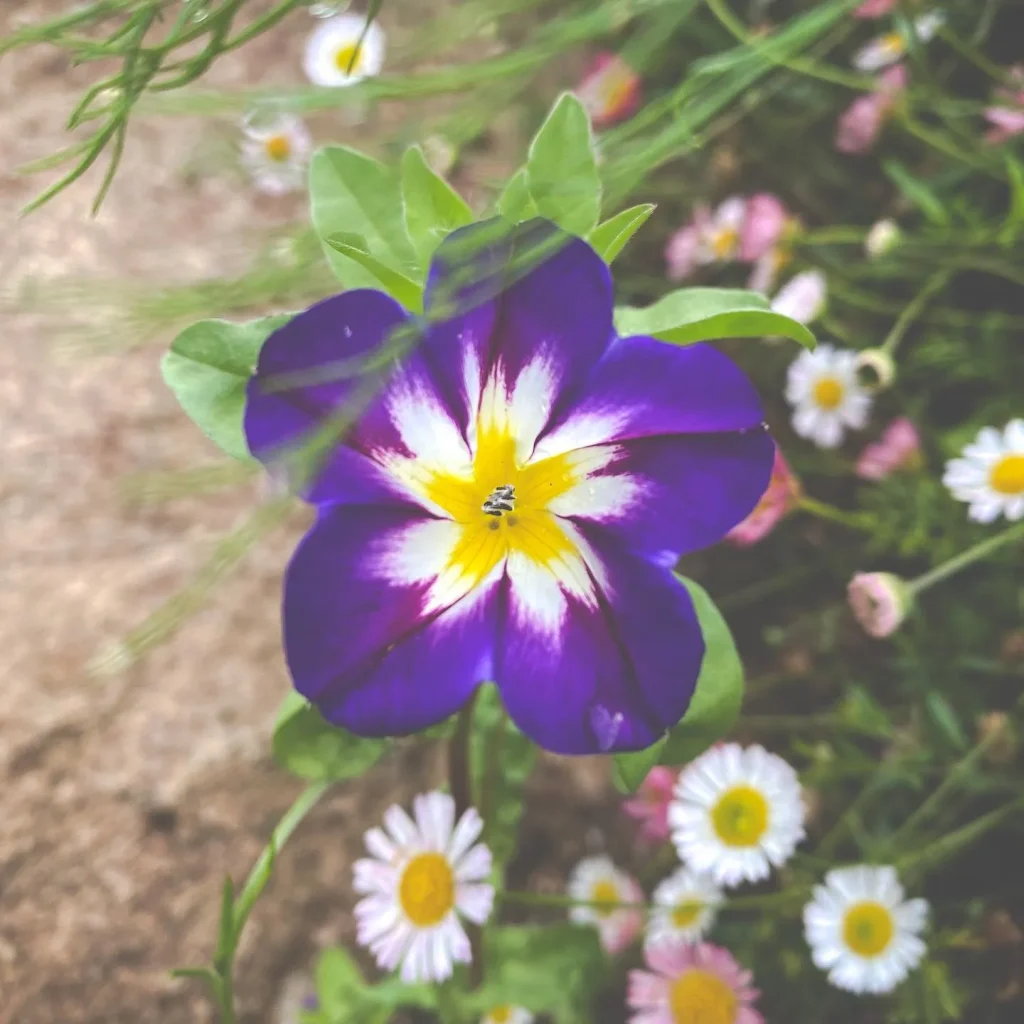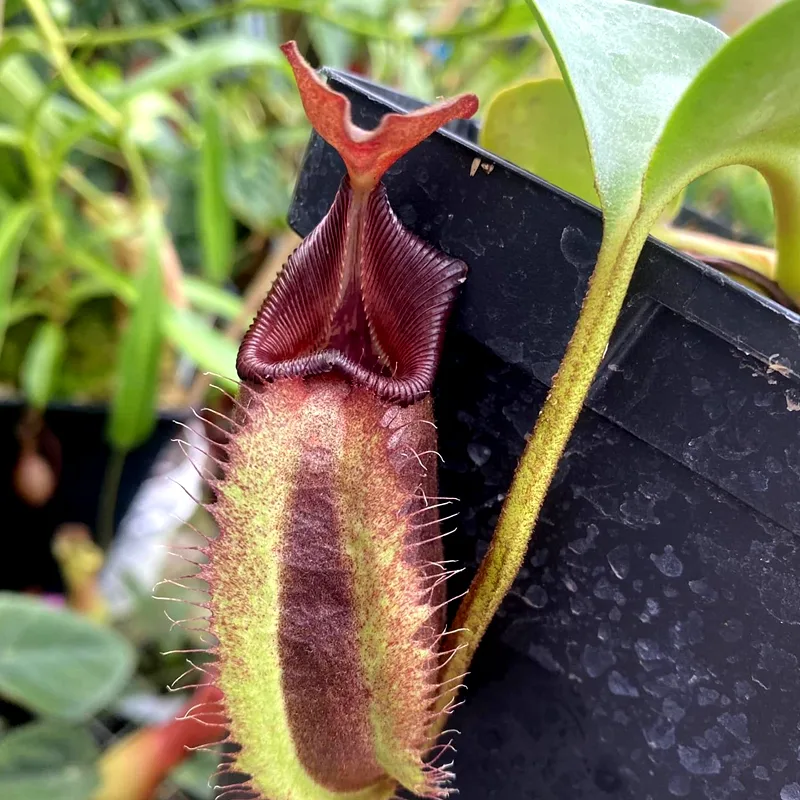How I Fell in Love with Aeonium Decorum?
As an avid gardener, I’ve always been drawn to the unique beauty of succulents. Their resilience, low maintenance, and striking appearance make them a perfect addition to any garden. Among the many varieties, Aeonium Decorum stands out as a particular favorite of mine. This beautiful rosette-forming succulent has not only added a touch of elegance to my garden but has also taught me much about plant care and propagation. Here’s my journey with Aeonium Decorum and some tips on how to care for this remarkable plant.
What is Aeonium Decorum?
Aeonium Decorum is a succulent plant native to the Canary Islands. It is known for its rosette-shaped leaves that range in color from green to reddish-purple, depending on the amount of sunlight it receives. This plant can grow up to two feet tall and produces small, star-shaped flowers that add to its charm. The thick, fleshy leaves store water, making Aeonium Decorum highly drought-tolerant and a perfect choice for low-maintenance gardening.
How to Care for Aeonium Decorum?
Caring for Aeonium Decorum is relatively straightforward, but there are a few essential tips to keep in mind to ensure it thrives.
Light Requirements
Aeonium Decorum loves sunlight. Place it in a spot where it can receive at least six hours of direct sunlight daily. However, if you live in an area with scorching summer temperatures, providing some afternoon shade will protect the leaves from burning.
Watering Needs
Unlike many other succulents, Aeonium Decorum has a winter growing season. During this time, water it regularly but allow the soil to dry out between waterings. In the summer, reduce watering significantly, as the plant goes dormant and requires less moisture.
Soil and Potting
Well-draining soil is crucial for Aeonium Decorum. I use a cactus or succulent mix and add some perlite to enhance drainage. When potting, choose a container with drainage holes to prevent water from sitting at the bottom, which can lead to root rot.
Temperature and Humidity
Aeonium Decorum prefers mild temperatures between 65-75°F (18-24°C). It can tolerate cooler temperatures down to 40°F (4°C) but should be protected from frost. This succulent does well in low humidity environments, making it an excellent indoor plant as long as it receives adequate light.
Fertilizing
During the growing season, feed Aeonium Decorum with a balanced, water-soluble fertilizer diluted to half strength. Fertilize once a month to promote healthy growth. Avoid fertilizing during the dormant summer period.
How to Propagate Aeonium Decorum?
Propagating Aeonium Decorum is a rewarding process and can be done through cuttings or offsets.
Propagation by Cuttings
To propagate by cuttings, use a sharp, sterile knife to cut a healthy rosette from the main plant, ensuring you include a few inches of the stem. Let the cutting dry for a few days to form a callous over the cut end. Once the callous has formed, plant the cutting in well-draining soil and water sparingly until new roots develop.
Propagation by Offsets
Aeonium Decorum often produces offsets, or “pups,” around the base of the plant. Gently remove these offsets with a clean knife and allow them to callous before planting in a suitable soil mix.
What to Plant with Aeonium Decorum?
Pairing Aeonium Decorum with other succulents and drought-tolerant plants can create a visually appealing and cohesive garden display.
Companion Plants
Consider planting Aeonium Decorum alongside other succulents like Echeveria, Sedum, or Sempervivum. These plants have similar light and water requirements, making them excellent companions.
Ornamental Grasses
Ornamental grasses such as Blue Fescue or Festuca glauca add texture and contrast to the garden while complementing the rosette shapes of Aeonium Decorum.
Common Problems and Solutions
Pests
While Aeonium Decorum is relatively pest-resistant, it can occasionally attract aphids or mealybugs. Treat infestations with insecticidal soap or neem oil.
Root Rot
Overwatering can lead to root rot. Ensure your plant has well-draining soil and avoid letting it sit in water.
Leaf Drop
Leaf drop can occur if the plant is stressed, often due to changes in light or water. Adjust care routines to stabilize the environment.
Conclusion
My journey with Aeonium Decorum has been a delightful one, filled with learning and growth. This resilient and beautiful succulent has not only enhanced my garden but also deepened my appreciation for the intricate world of plant care. With the right attention to light, water, and soil, Aeonium Decorum can be a stunning and low-maintenance addition to any garden. Happy gardening!



